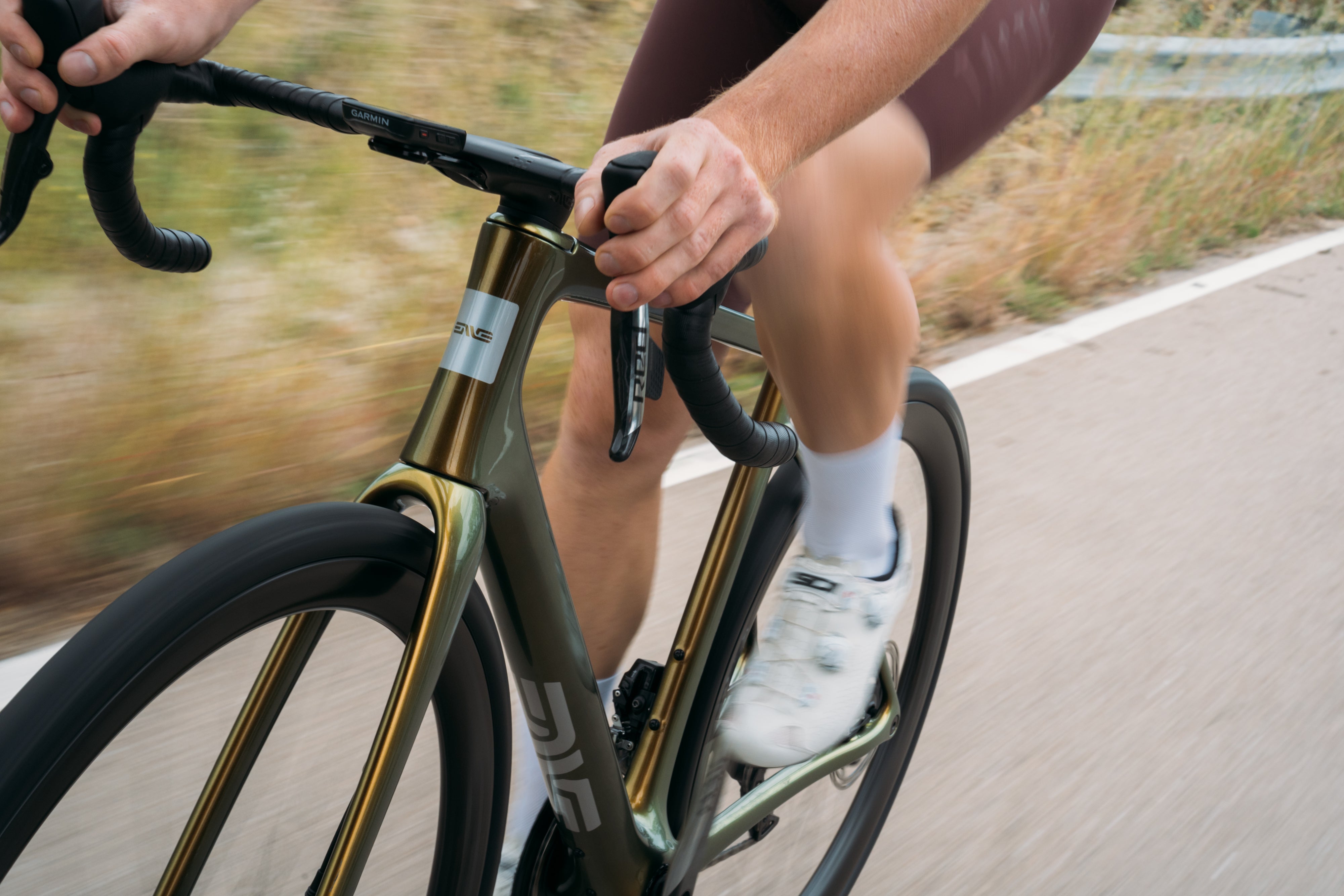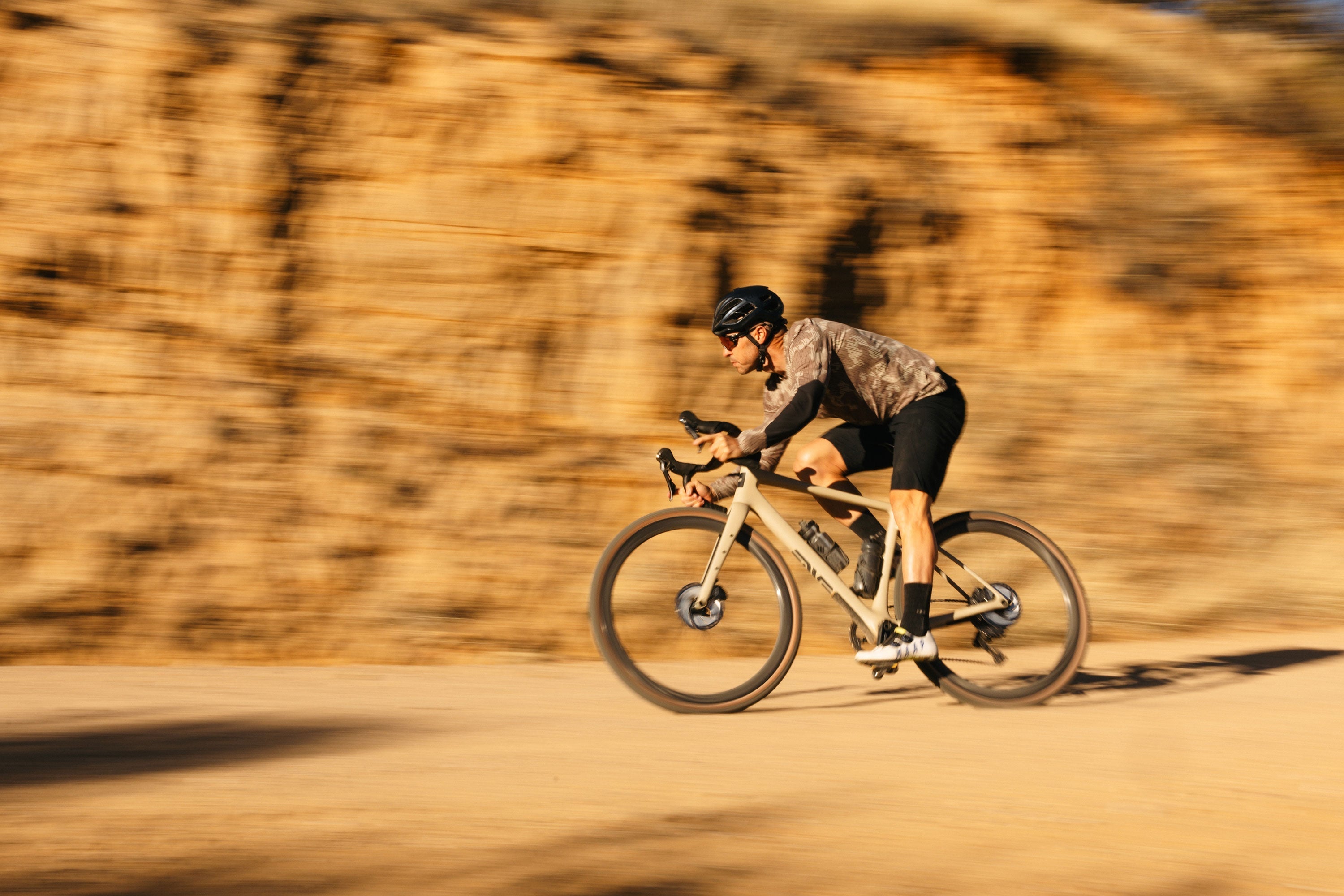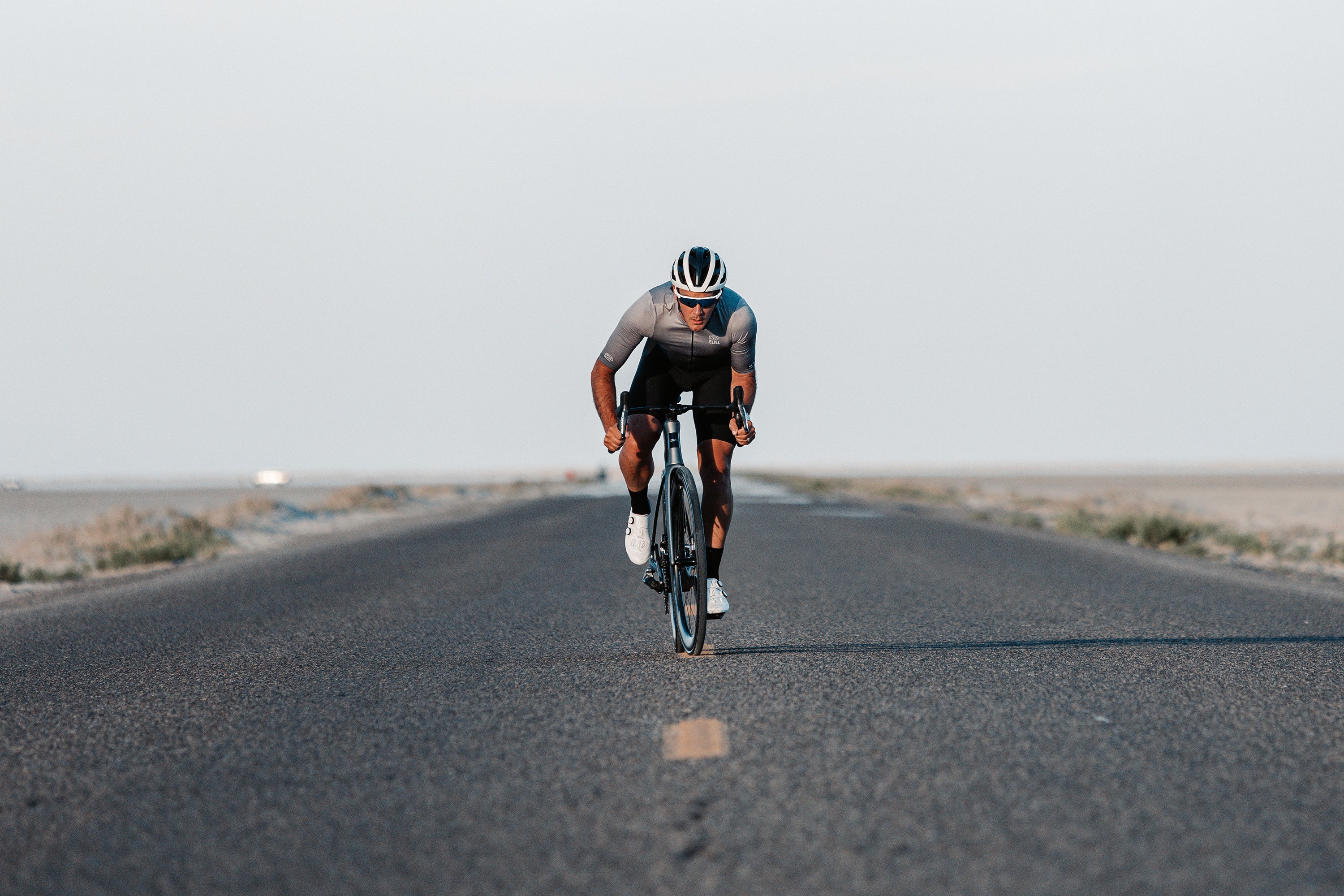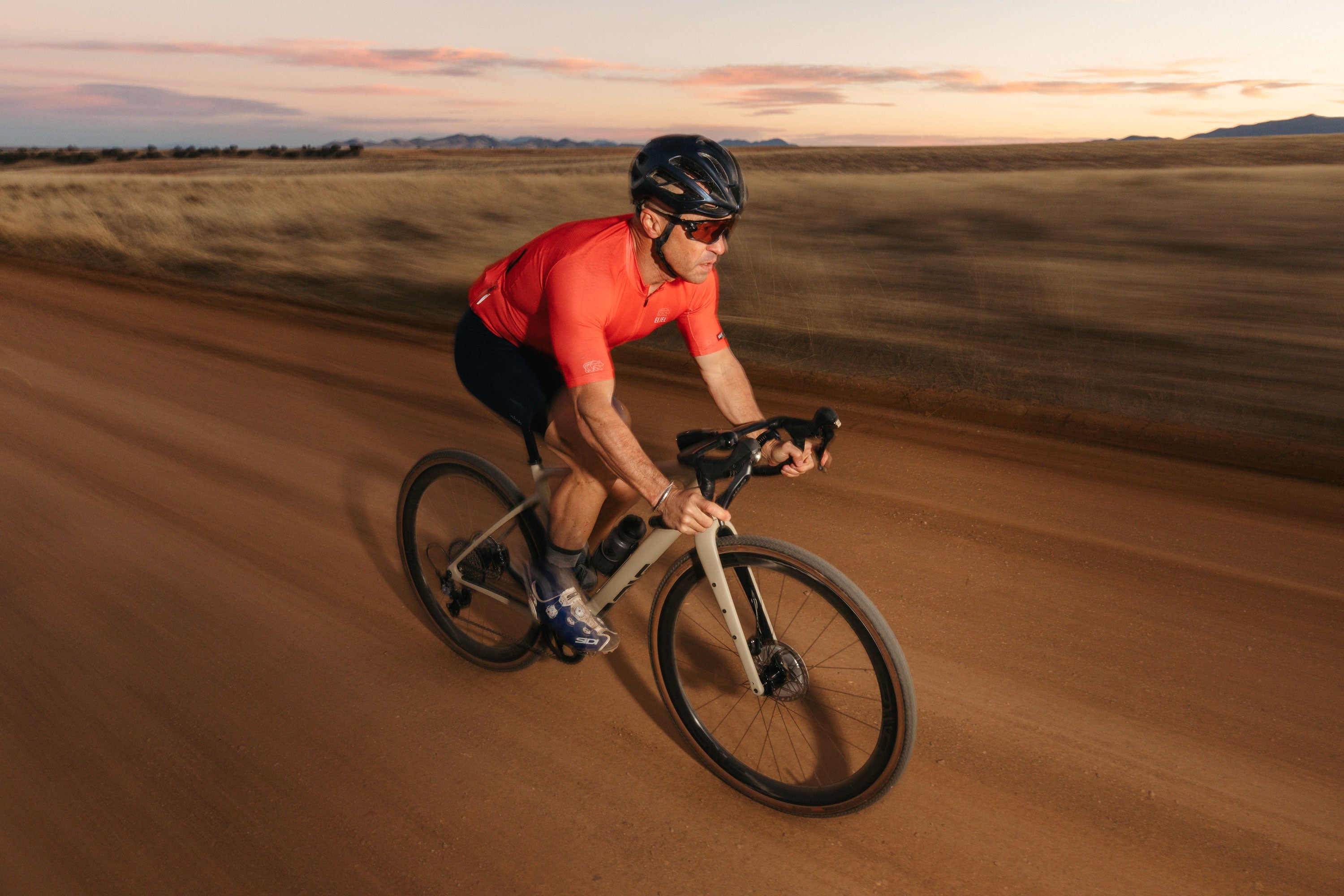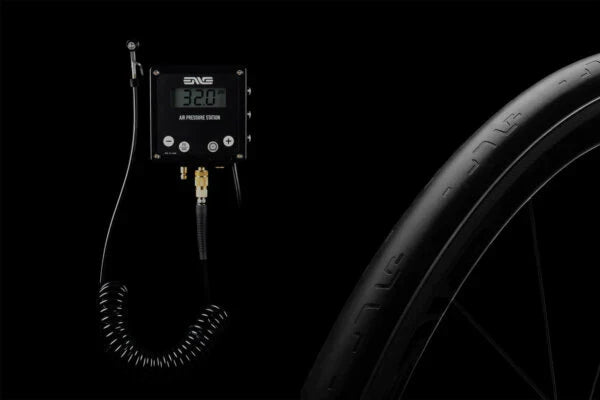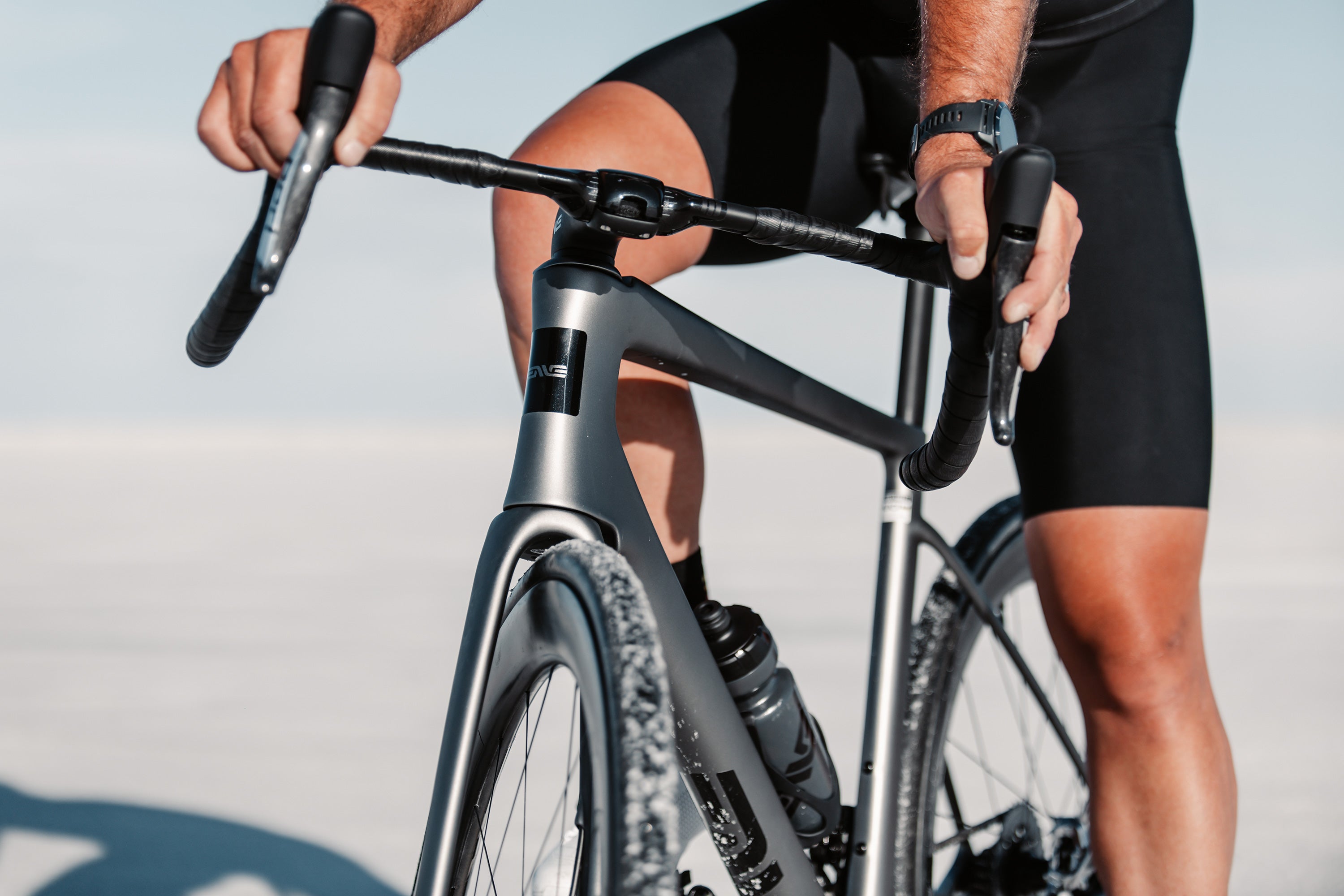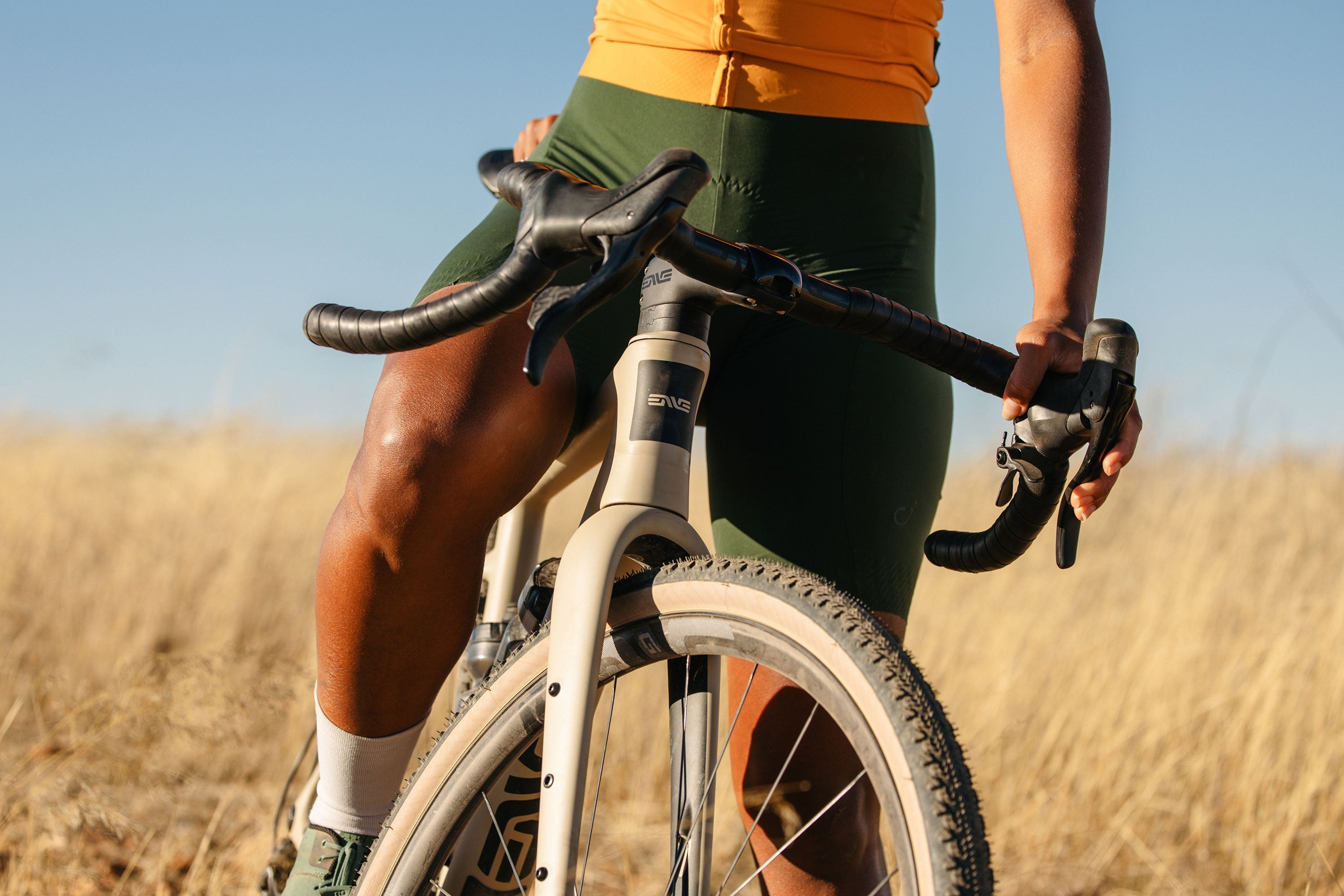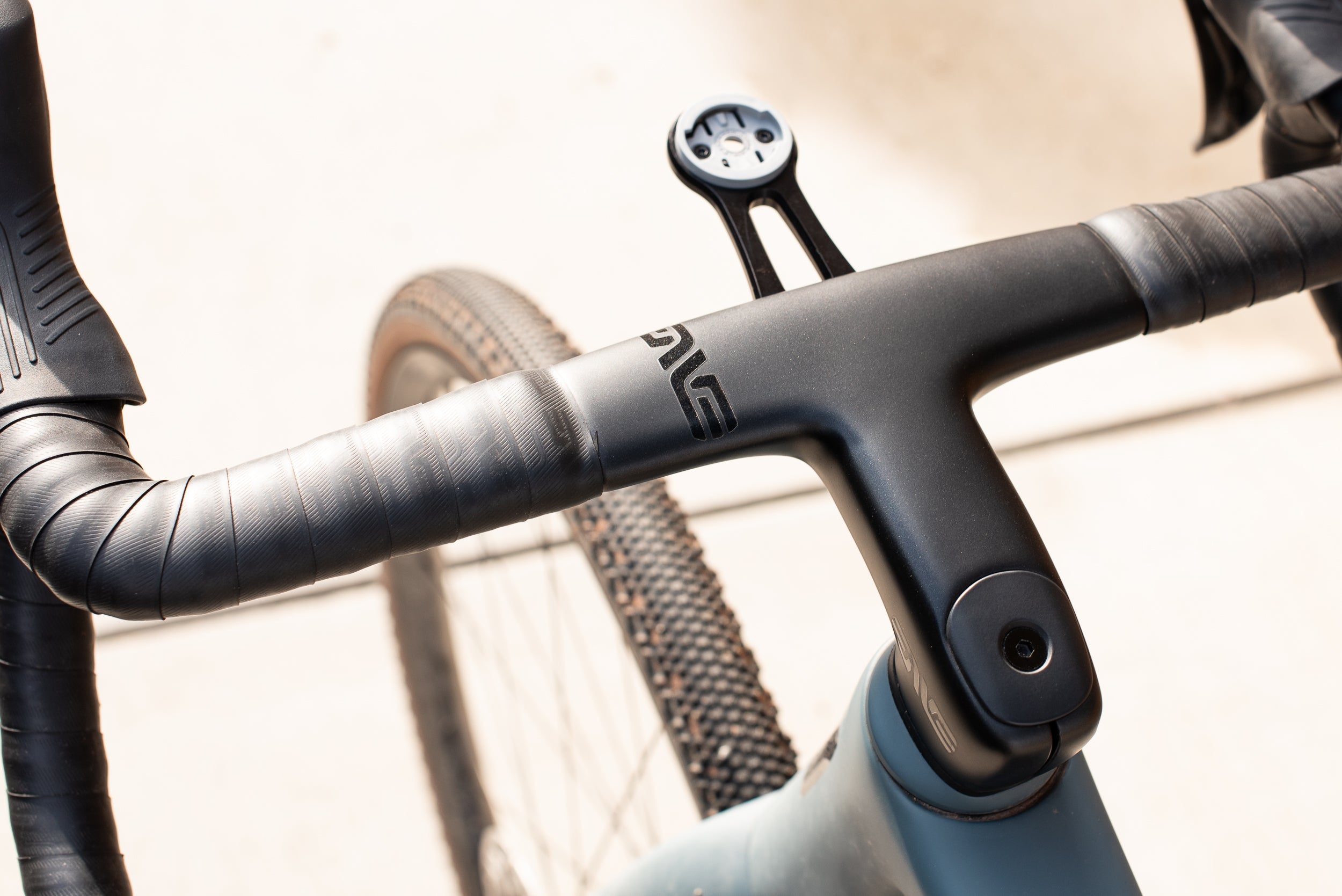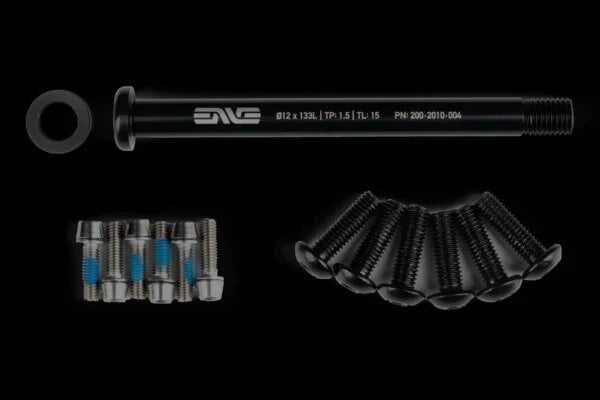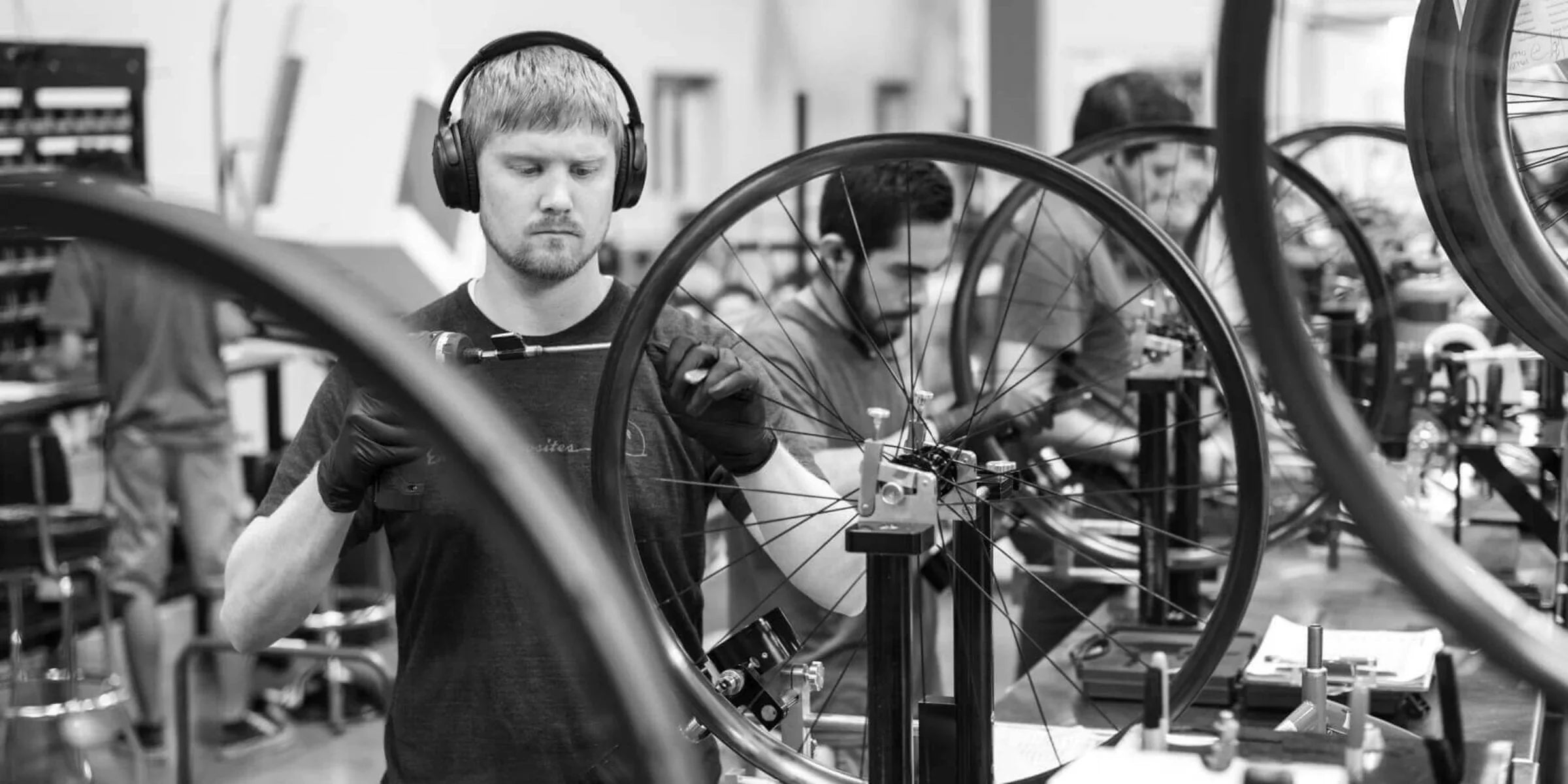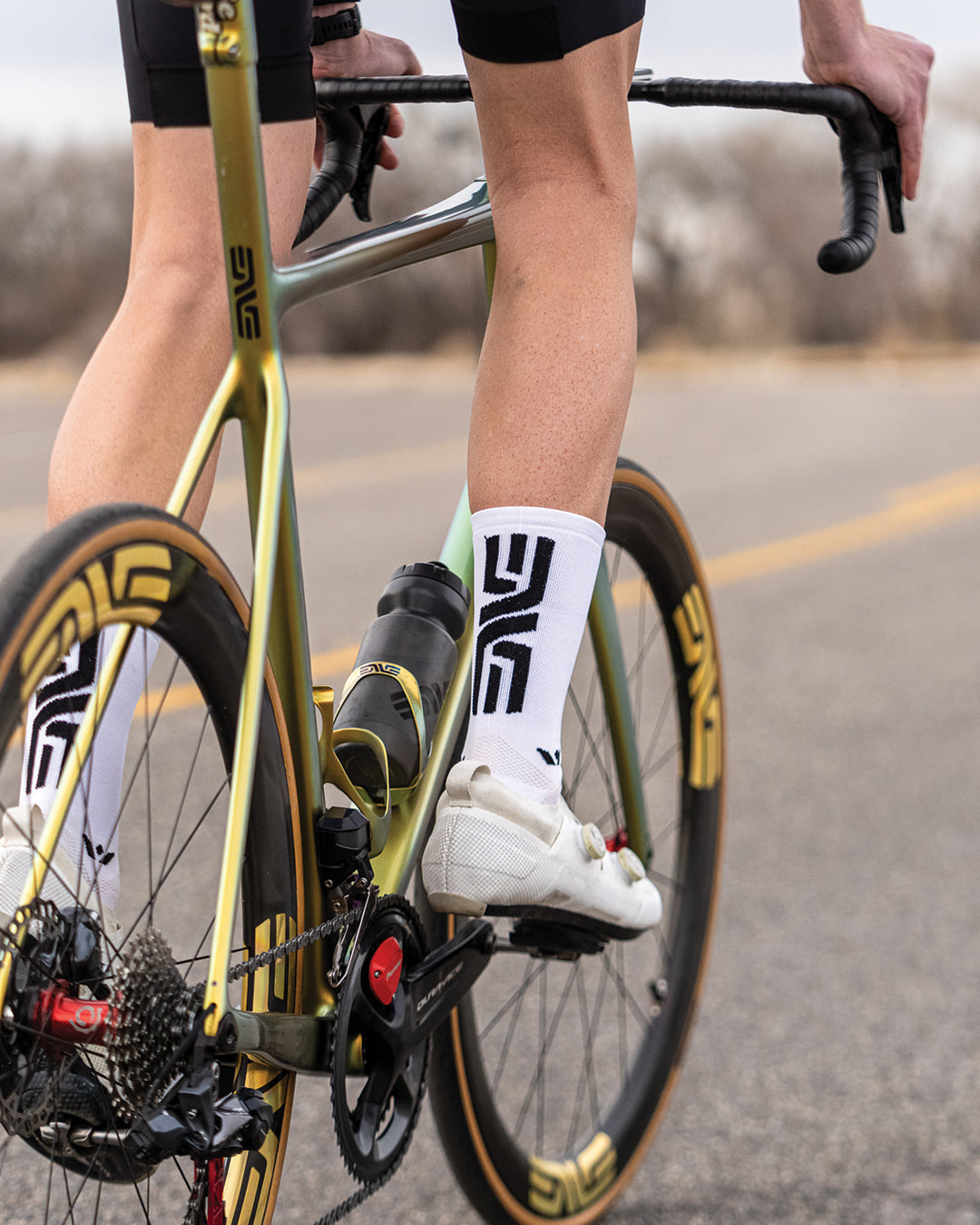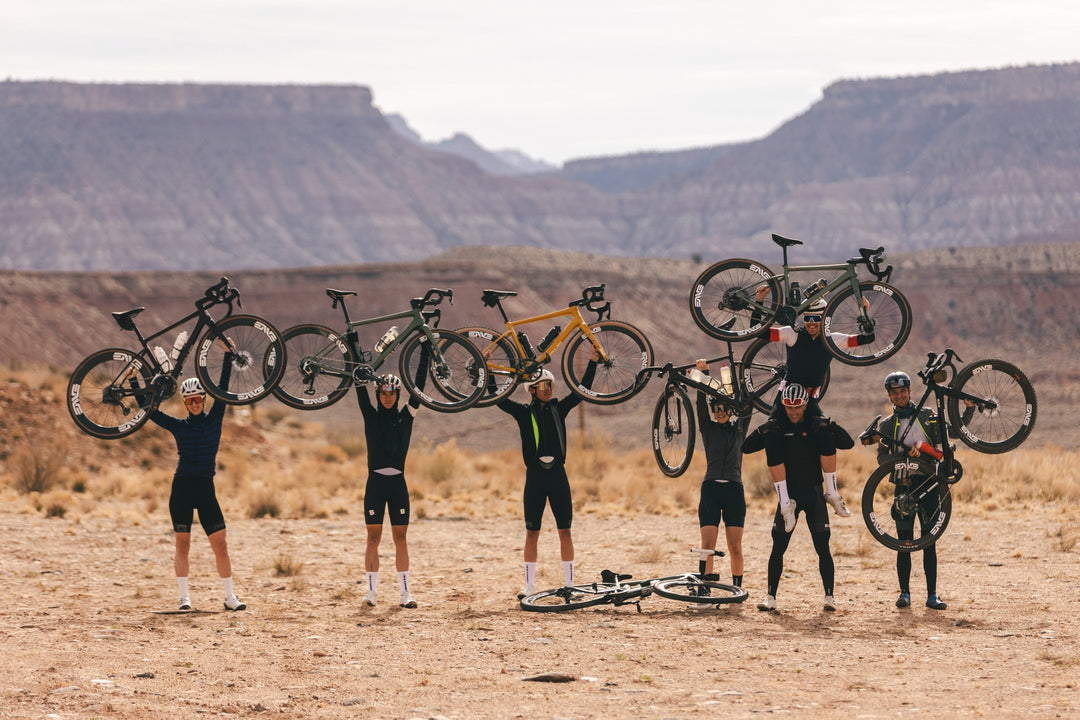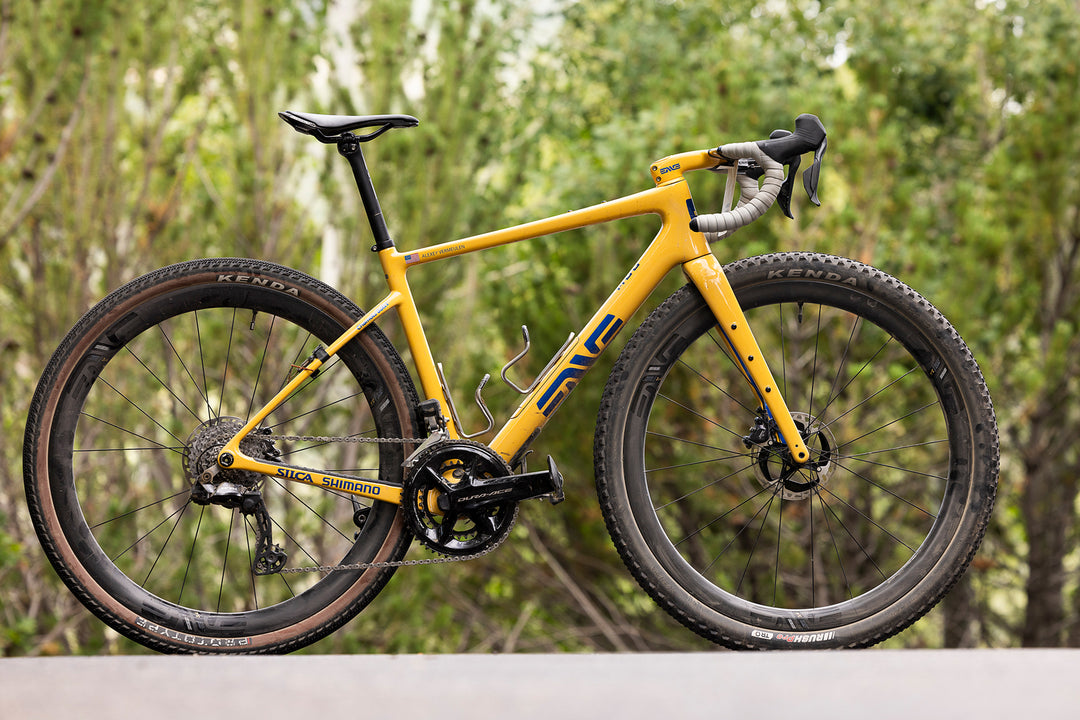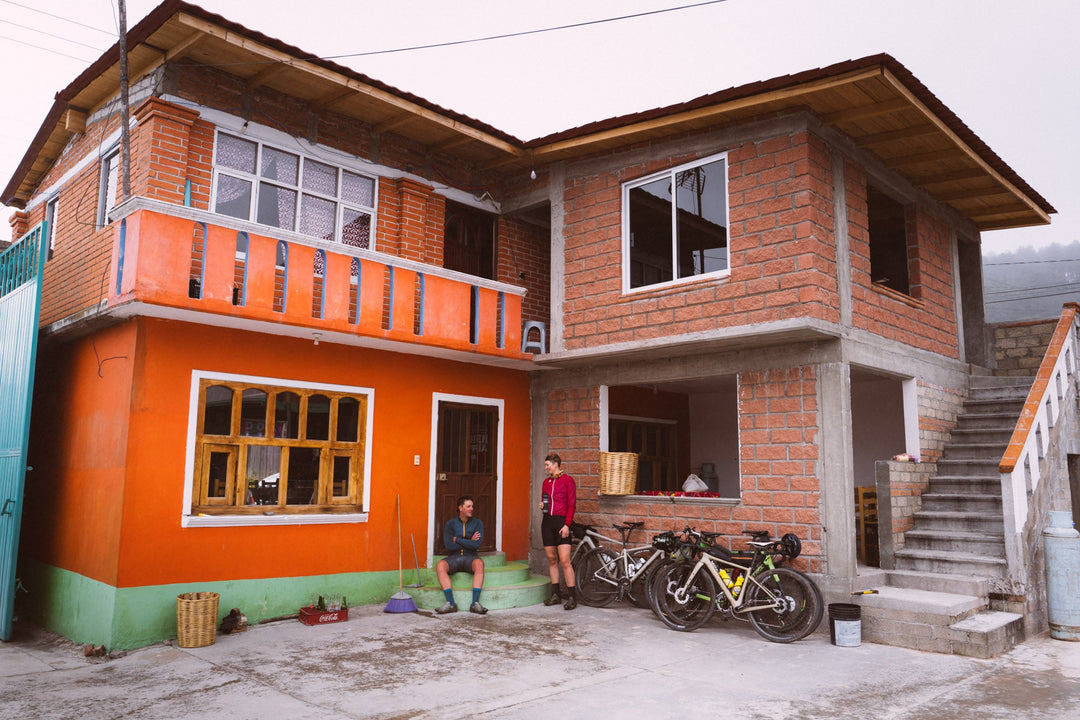Listening in as Team Dimension Data Gives Social Media Training
In 2014, just as ENVE was looking for a special team to sponsor, one with a true purpose beyond results, Team Dimension Data principle Doug Ryder asked his riders which wheels they wanted to ride the following season. ‘ENVE,’ they told him. It was a perfect match and a true partnership was born, one that transcends even the racing success and critical product development. Now, as the team embarks on a new challenge to place an African rider on the podium of the Tour de France by 2020, we take you inside the team throughout the winter to find out how they’re working towards that goal. Stay tuned for new stories every week.
It’s a sign of the times. Social media training is the new media training. Instead of teaching riders how to parry tricky questions from journalists, many teams, including Dimension Data for Qhubeka, now give guidance on using social media more effectively…and avoiding its pitfalls.
During Team Dimension Data’s November camp in Cape Town, we were allowed to sit in on a meeting which included social media training from the team’s Head of PR and Marketing, Damian Murphy. It warmed up with some interesting facts from the 2017 season: the biggest posts of the year on each platform were: on Twitter, Mark Cavendish crashing out of the Tour; on Facebook, Eddy Boasson Hagen’s Tour stage win; and on Instagram, the announcement of the new 2018 jersey. Of the three, Instagram is the fastest growing.
A series of infographics showed the riders the scale of their reach. Combined, the riders’ individual social media audiences total eight times that of the team’s, and it’s twice the size even without including Cavendish who, unsurprisingly given his superstar status, has several times the following of the rest of the team put together. It’s a valuable reminder of how much responsibility for boosting Qhubeka lies with the riders.



“DON’T READ THE NEGATIVE STUFF, THE MENTIONS. TWITTER CAN BE A HORRIBLE PLACE”
Murphy encourages all the riders to post frequently and, interestingly, to do so on their own preferred platform so it comes naturally. The advice to the riders begins with getting the basics right, by tagging #Qhubeka and #Bicycleschangelives in posts, as well as the team, in order to amplify these campaigns. They’re reminded that a constant stream of fresh race images is made available to them to use in posts, and asked to engage with both team partners and fans.
New for 2018 is a “Don’t” to go with the “Do” list; the riders are told not to post about a race incident that is awaiting a jury decision. This relates to the controversial clash between Peter Sagan and Cavendish at the Tour which led to both riders leaving the race, the latter injured in a nasty fall, the former ejected for appearing to cause it.
At this point, Cavendish chips in some social media wisdom of his own. “Post what you think, not what you feel. Avoid emotionally charged posts. That took me a while to learn,” admits the Manxman. “And don’t read the negative stuff, the mentions. Twitter can be a horrible place.”
A hot-headed outburst is the bear-trap waiting to snare any of us on social media, and it’s caught countless sports stars in the past. What makes that harder to avoid is that openness, honesty and opinion are key drivers of great social content. It’s a tightrope of which new signing Scott Davies is only too aware.

“WHEN I’M TRAINING HARD I DON’T REALLY WANT TO STOP AND TAKE A PHOTO. IT’S ONE MORE THING TO LEARN TO FIT IN”
“I’ve always been quite cautious with social media. It’s easy to forget that it’s the main way that most of the general public perceive you,” he tells us. Perhaps more aware than most riders, as a neo-pro, that he’s living not only his dream but that of many other people, too, Davies adds, “I don’t want to rub it in people’s faces – you know, if they’re having a bad day in the office and I’m riding in Nice – but every time I go home to Wales people are always really nice about it and tell me they like to see what I’m doing and to keep posting stuff.”
And does he have a preferred channel?
“I go Instagram every time. I think posting a picture is far easier than having to word a tweet or Facebook post. I’ve not really been on it recently; my mind has been on other things. I need to get back in the swing of it. December was tricky because you’re still under contract with your old team so you can’t show any of your new gear, and when I’m training hard I don’t really want to stop and take a photo. It’s one more thing to learn to fit in.

“It can be hard to filter what to post and what not to post sometimes,” he adds. “You want to share your professional life but still maintain some privacy. It’s a work in progress.”
Does riding for this team, for the Qhubeka charity, add impetus to engage with people?
“For sure, yeah. There’s a duty because of what the team stands for, its relationship with Qhubeka. You’re not just plugging a sponsor, you’re helping to fund bikes for African schoolchildren. And I think that association is really good for the sponsors anyway,” he says, perceptively.
Teams live and die by the exposure they give to their sponsors. While winning races remains and will always be any team’s primary goal and way of delivering to sponsors, social media has rocketed in importance and is arguably now of greater value than magazine and newspaper interviews.
We’ll let Davies sum it up: “Whereas a few years ago social media seemed optional, I think it’s really expected now. I can’t pinpoint a conversation but brand comes into it a lot, the team’s and your own. You have to commit some time to it and put some effort in, but you don’t get a contract as a cyclist just off social media. I always remind myself that it’s what I do on the bike that counts.”


